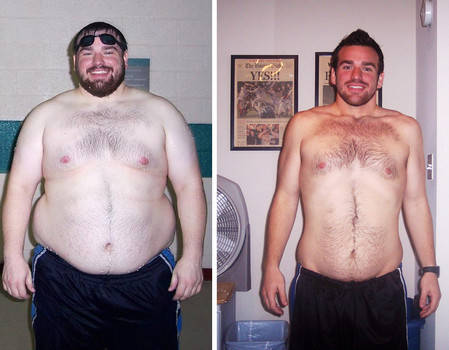Healthy Eating Facts To Follow Than Can Stop You From Becoming Fat
We're all aware that staying fit and healthy requires that we attain a stable diet, get lots of exercise, and in addition stay clear of unhealthy lifestyle habits like smoking, excessive alcohol intake, drugs and others. People who practice good nutrition, hygiene and frequent physical exercise, often develop healthy habits which they will continue practicing for life, and will keep them healthy for hours. Here are some healthy eating data for kids, adolescents and adults.
What Is Nutrition? As reported by health professionals, the term nutrition relates to the value that we get out of the food we eat. A food item will be deemed wholesome if it offers the required sum of nutrients to support the health of our body, enhance growth, replace lost energy, and allow us to perform at our peak. Wholesome and wholesome foods offer balanced combinations of minerals, minerals, proteins, carbs, amino acids, antioxidants, fiber and healthy fats. Foods that are not nutritious simply fill our stomachs with unhealthy fats and carbohydrates, which only reduce hunger and bloat our bellies.
In promoting healthy eating characteristics in youngsters, the food pyramid for children in the main promotes three basic rules for a nutritious diet. The rules include variety, balance and moderation. Variety implies that a child's diet must include different foodstuffs from each level of the food pyramid, from a broad array of meats, to vegetables and fruits, whole-grain breads, dairy proteins and fibers. Because no single food item is able to supply the amount of nutrients of a growing child, a child's food options need to be expanded to incorporate foods of all colors. Balance means eating the right amounts of food from all levels of the food pyramid everyday, and moderation denotes being cautious not to over eat of any type of food item.
Nutrition experts and psychologists agree that there's a direct link between unhealthy eating traits and people's perceptions about their image and body. The use of extreme measures just to control weight is on the rise today, and some adults even complement harsh dieting methods with fasting, the application of laxatives, induced vomiting and taking appetite suppressants. These depressing behavioral patterns are oftentimes indicators of incoming eating disorders like bulimia or anorexia nervosa. A number of studies have in addition indicated that most girls, particularly teenage girls, tend to worry more about weight and diet in their adolescent years. A 1992 study has also indicated that even six to seven year-old girls are known to worry about their figures too, but nonetheless over-eat.
Healthy eating is a necessary piece in the search for promoting overall health, regardless of whether eating has a direct relationship with self-pride. What's clear is that individuals who feel good about themselves often make healthy food alternatives, and low self-esteem is usually associated with unhealthy eating characteristics like binging, purging or dieting.
-
Lose Weight Quickly And Safely Using These Simple Tips!
Many people believe that it is virtually impossible to lose weig
-
Hypnotherapy May Be the Missing Piece in Your Weight Loss Plan
Now that we are well into the middle of May, I imagine that most Ne
-
Is Kicking Carbs A Good Way to Lose Weight?
Weight Loss and Low Carb Diets The key to any dieting plan is maintena
-
Visualization And Weight Loss – Does It Really Work?
The surprising fact is that many conditions can be improved by visu
-
It Is Not Hard To Lose Weight Using These Tips!
There are many ways to become fit. Creating an exercise routine
-
The Who, What, When, Where, How And Why Of Weight Loss
One of the most common reasons why many of us struggle with weight
- DON'T MISS
- Lose Waist Fat - How to Reduce Waist Size Fast?
- The Difference Between Fat In Men And Women
- Warning: Women That Avoid Weight Training Arent Achieving Optimal Health!
- How to Remove Love Handles
- Reduce THe Lb’s And Increase Your Healthier Living Style
- The dubious practice of detox
- Stop Saying “Healthy” When You Mean “Thin”
- How To Keep Achieving Recurring Fat Loss
- 5 Main Reasons Why People Lose Motivation to Lose Weight
- Weight Loss Tips And Tricks To Fit Your Busy Life




